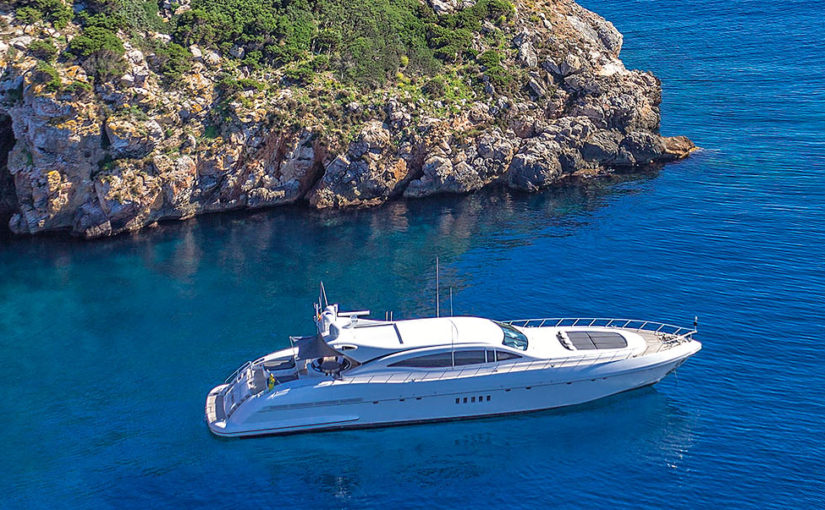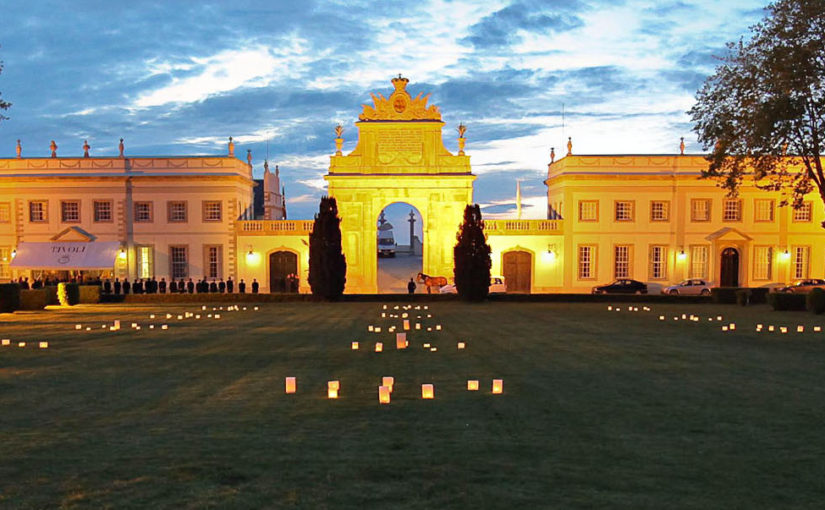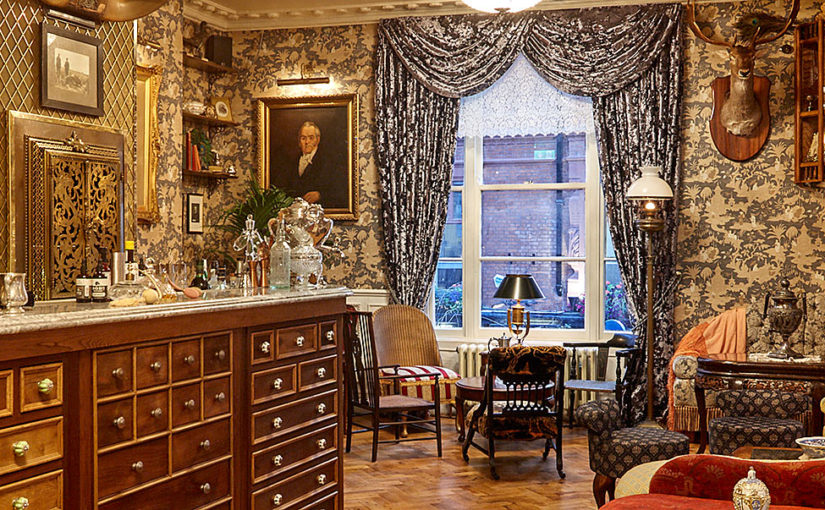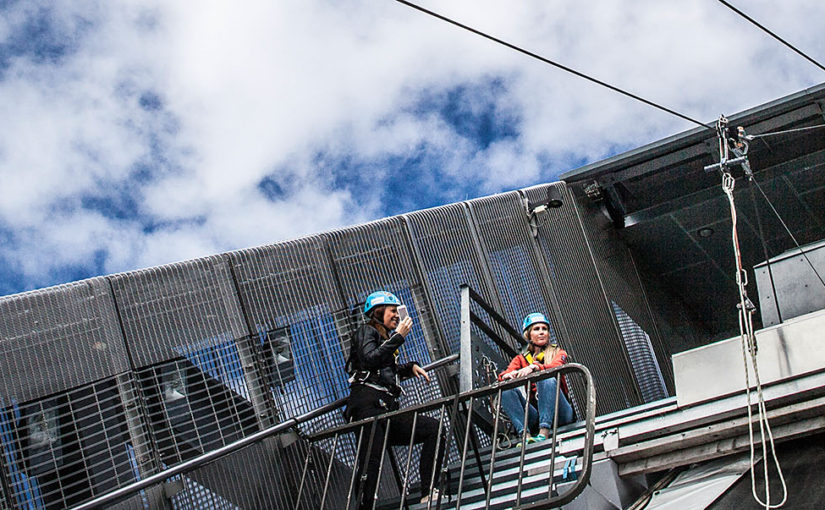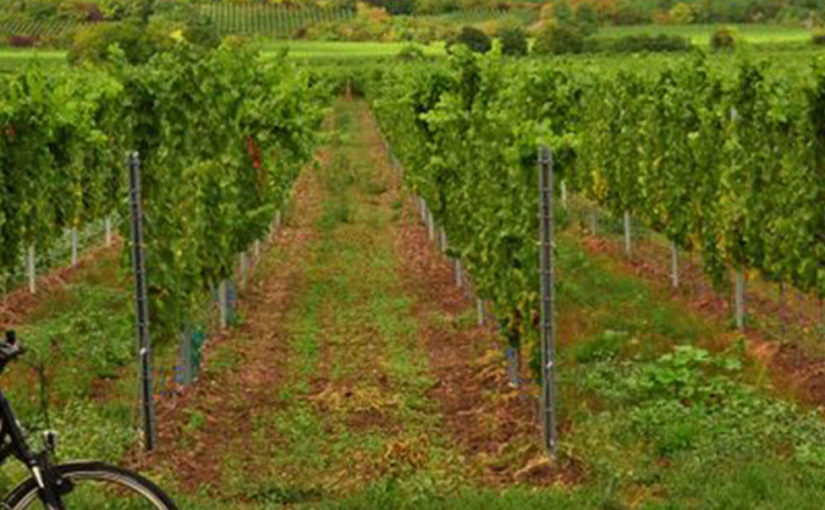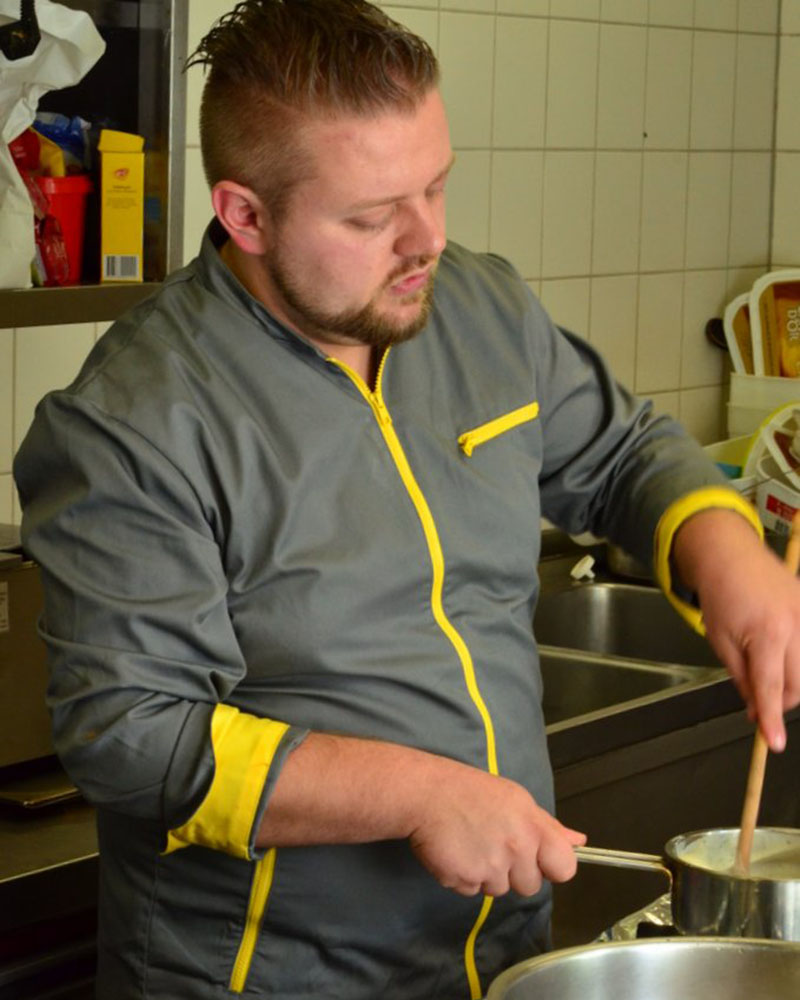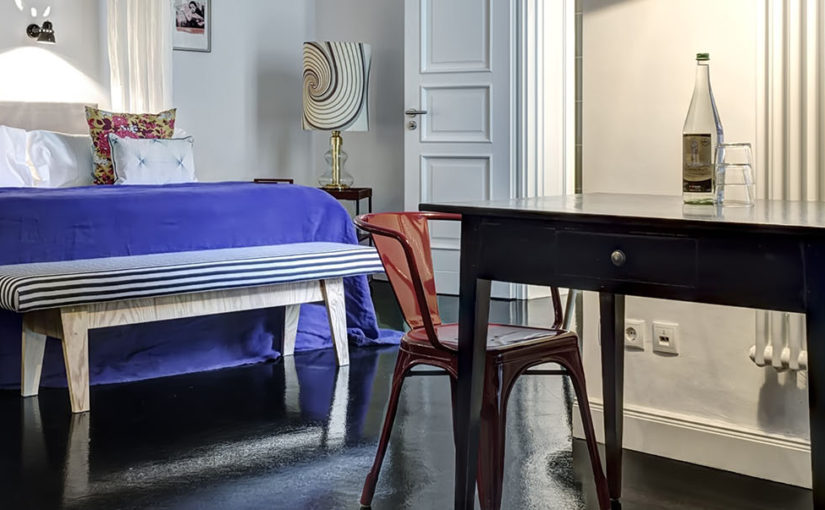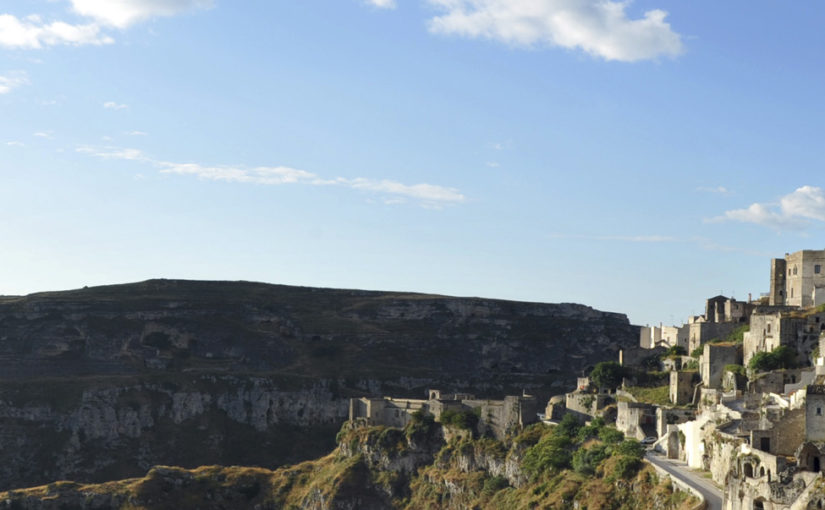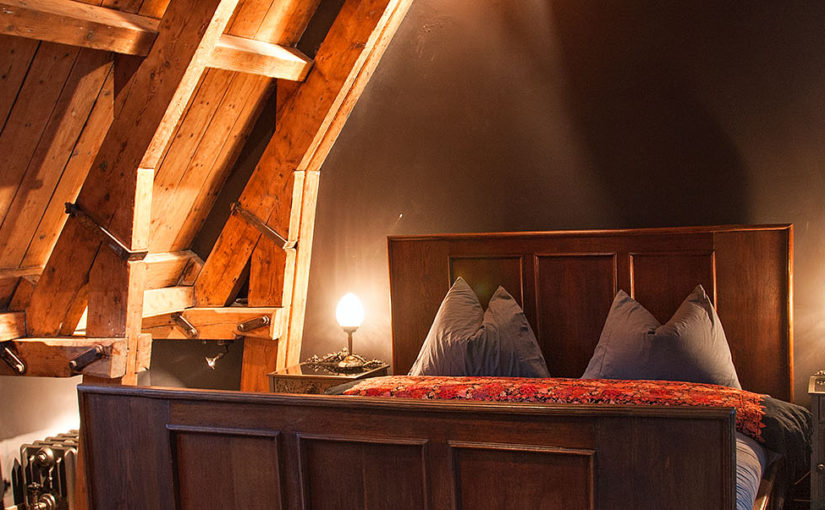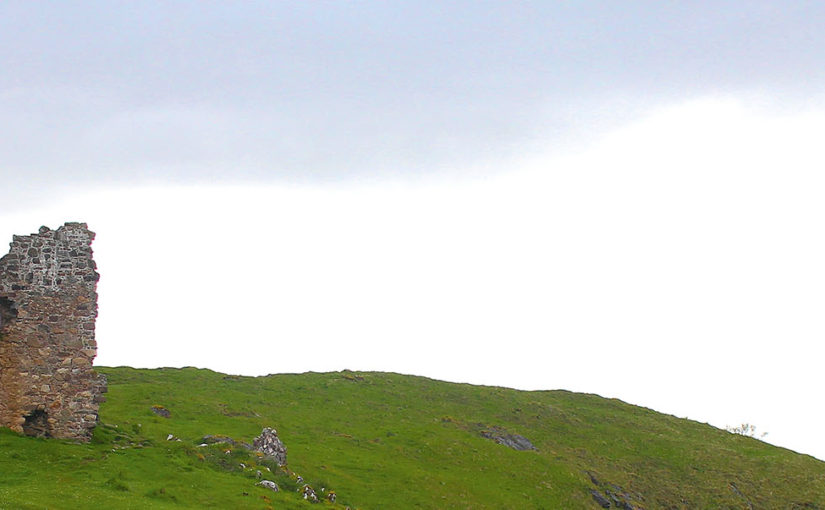Hitting the slopes may be well and good, but we all know the best part of the day takes place when you unclip your equipment. Take to the powder, work up a thirst and then head to a bar for a cracking party. Here’s our pick for some of the best après going around.
region: Europe
Private Party Island
Move over, Ibiza – there’s a new kid in town. A five-minute boat ride from the east coast of Spain’s most famous party destination, Tagomago Island is a twenty-first-century Eden for the rich and famous.
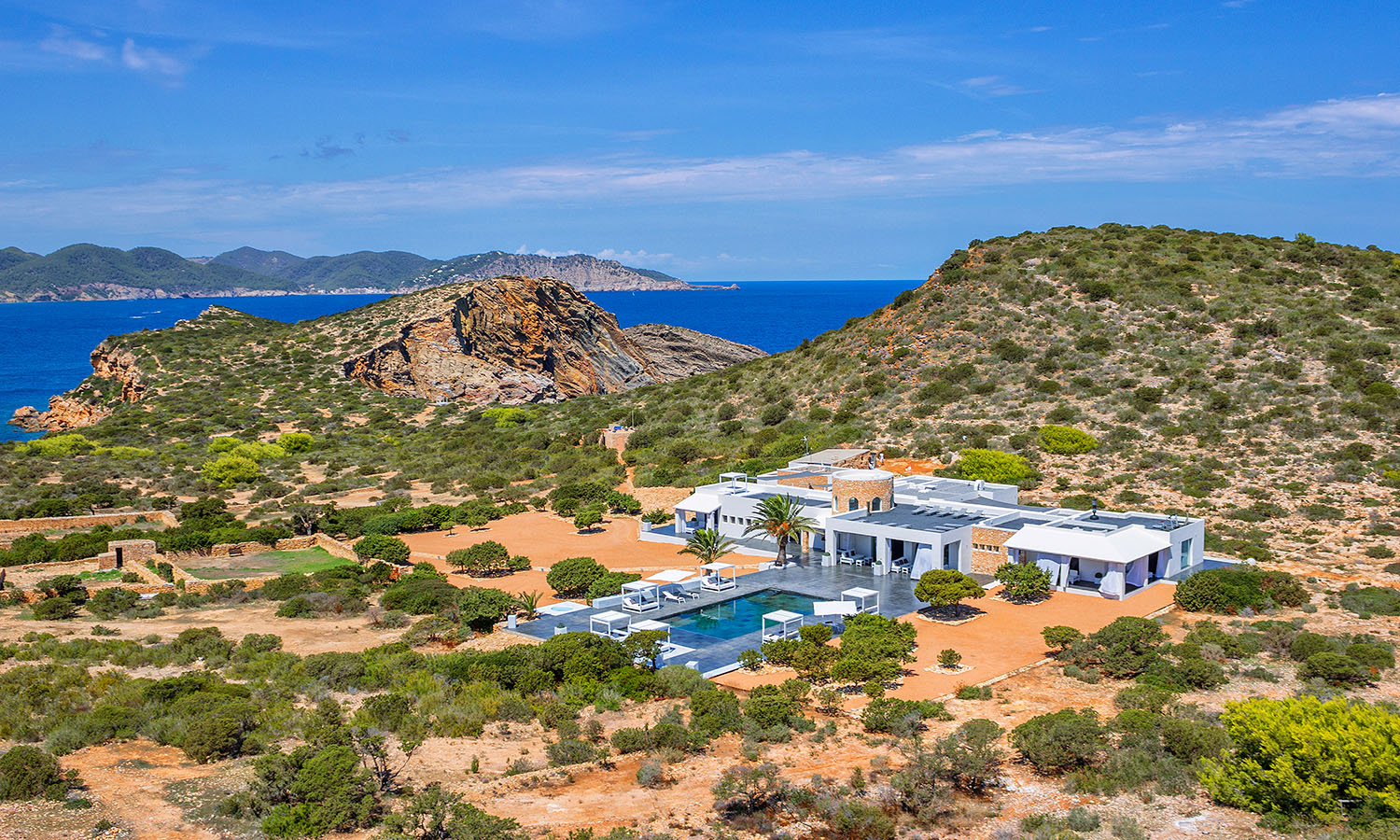

The exclusive abode has five double bedrooms, a state-of-the-art kitchen, a high-tech sound system, a swimming pool and sweeping terraces where you can sit with a cerveza and enjoy the coastline. Spend your days snorkelling in the turquoise waters, hiking winding trails to the lighthouse, visiting the beach bar or simply kicking back in a poolside cabana and catching some rays. Paradise this incredible doesn’t come cheap, but we can dream, right?
Sleep like royalty in a Portuguese palace
Famed for its castles, palaces and wild gardens, the tiny town of Sintra is one of Portugal’s shining stars. Experience it just like a royal, with a stay at the luxurious Tivoli Palácio de Seteais. Built on a hillside in the 1780s, this five-star, 30-room estate has been lovingly restored to resemble a palace of centuries past. Days can be spent soaking up the Portuguese sun by the infinity pool with fresh lemonade, crushed from the fruit in the gardens, delivered to your day bed. This is a prime spot to see the sun set over the ocean too or, better yet, opt for a suite with your very own terrace, and watch as the Atlantic sends mist swirling over the famous Pena Palace on the mountain above you.


Wander the halls lined with priceless antiques and carpets worth as much as your university degree and kick back with a book – perhaps by Lord Byron, who wrote of Sintra as a “glorious Eden” – in one of the sitting rooms. At night, chandeliers illuminate the frescoes on the walls and music from a harpist or pianist dances in the air.
You’ve probably guessed it by now – Seteais is so beautiful you won’t want to leave, but exploring the UNESCO World Heritage town before the crowds arrive is one of the best parts of a stay. Then there are the hotel’s activities… Helicopter flights and horse riding adventures are all on the cards, but if you prefer to keep your feet on the ground head to the striking cliffs that form the westernmost point of Europe. Your guide, selected from Walk Hike Portugal, will share secrets of the area with you, including lunch at a local haunt where you’ll devour a feast of clams, prawns and fish chosen from the day’s catch, before rolling you back to the pool. Yep, a day trip to Sintra is far from enough.
Mr Fogg’s Tavern
Forget dinner and a show, where’s the gin? Imbibe libations at this raucous West End tavern, an homage to Jules Verne’s fictional adventurer, Phileas Fogg, then toddle upstairs to the plush parlour of the explorer’s beloved aunt, acclaimed actress Gertrude Fogg.
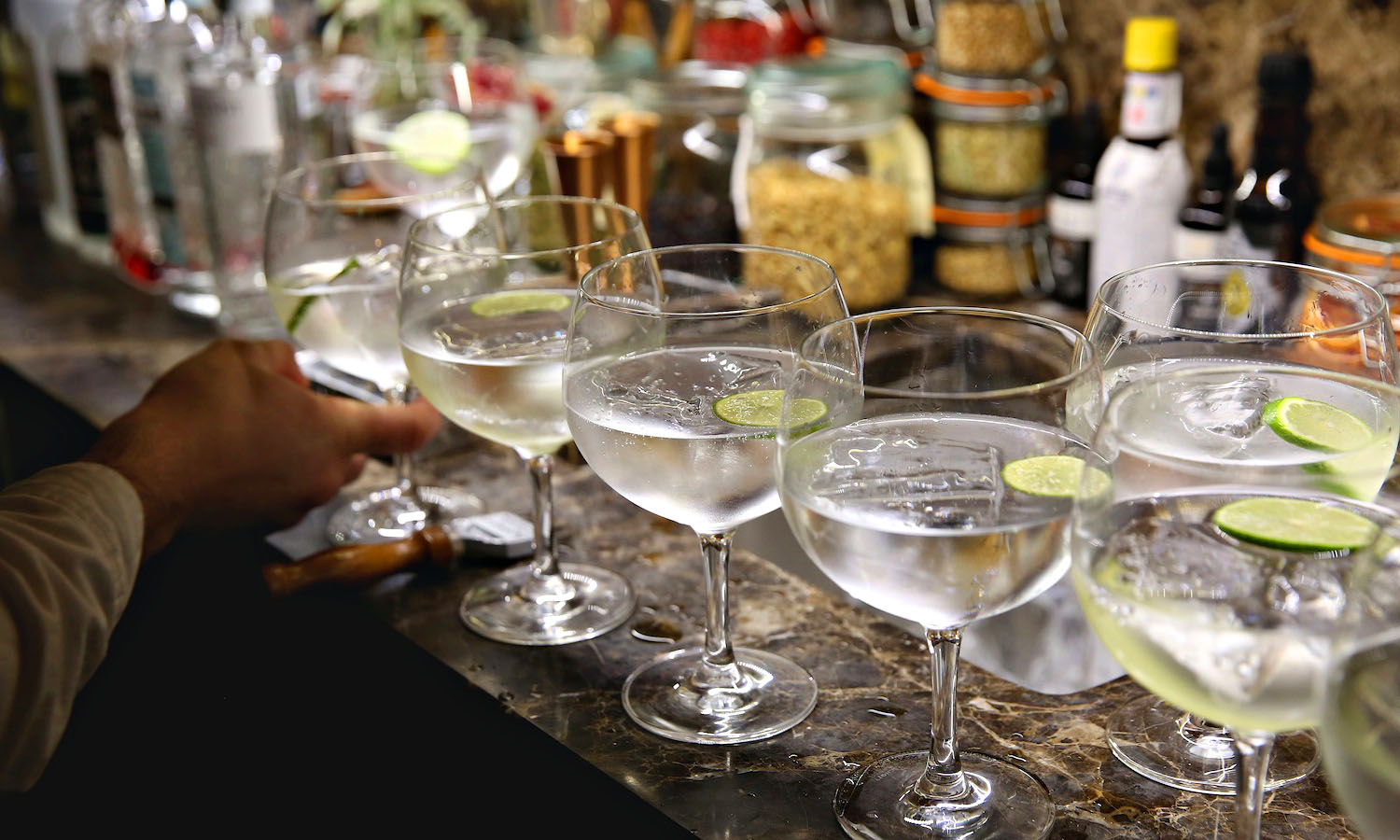

Choose your poison from a selection of more than 300 types of the world’s most interesting gin, peruse curiosities from Gertrude’s days on stage and take in views of London’s Noël Coward Theatre. Indulge in a gin tasting or sashay into the salon and settle on a chaise longue to nibble treats fit for famed thespians, such as sloe gin cured salmon followed by gin and tonic marshmallows. After a couple of strong drinks you may feel the urge to crack open the cabinet of wigs and scripts for a debut under an ornate chandelier.
Reach Olympic heights on the Kollensvevet zip-line
Experience the sensation of whooshing down an Olympic ski slope without the risk of breaking your neck at the Kollensvevet zip-line, propped on top of Oslo’s Holmenkollen jumping tower.
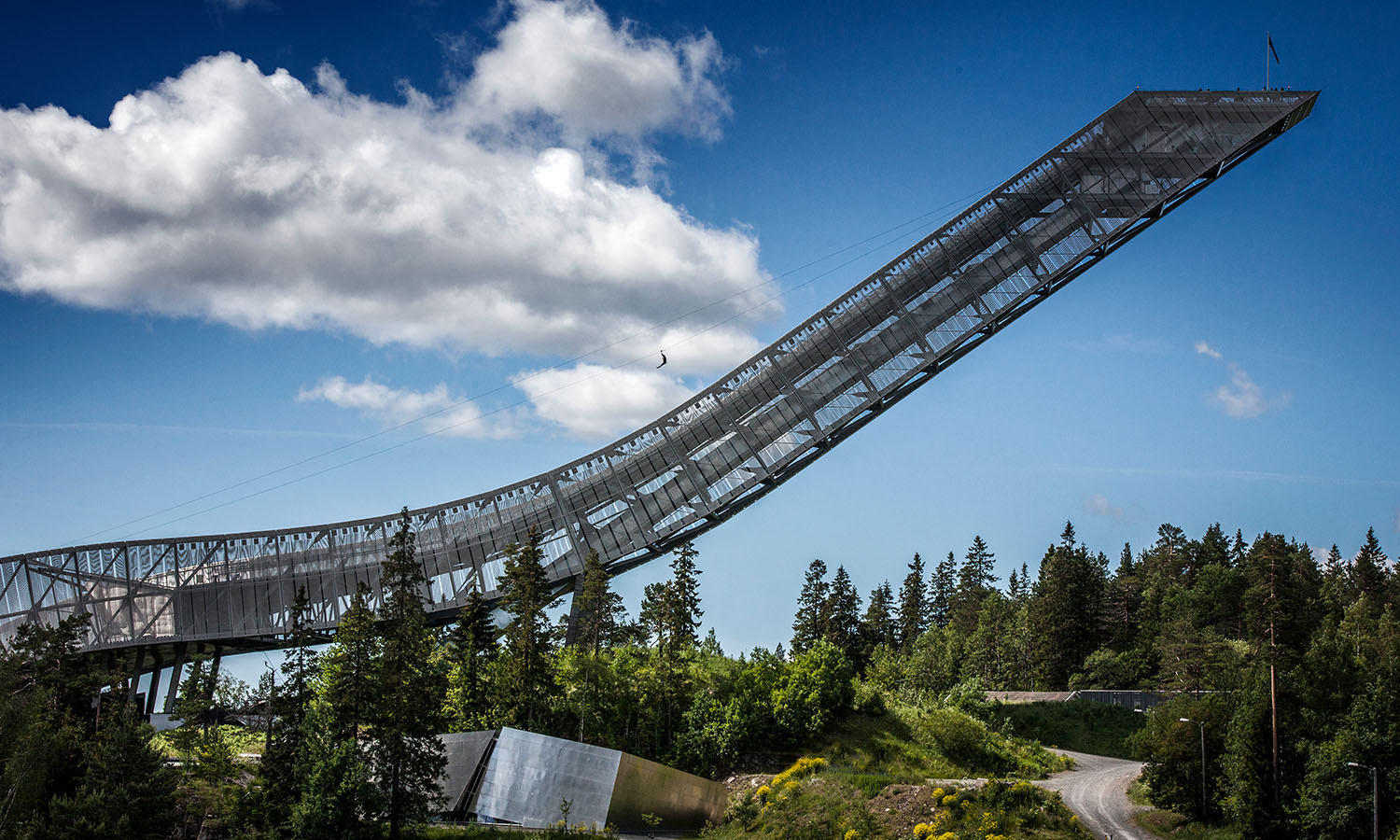

The first ski competition here took place in 1892 and since then the structure has undergone 14 transformations to morph into the architectural curiosity it is today. Stand atop 100 tonnes of steel and take in the expansive views of Norway’s capital, then plummet 107 metres over a swift 361-metre distance. If that isn’t enough to get your heart pumping, boost the adrenaline factor by riding upside down.
Germany’s wine bounty
What I didn’t know is that the road I’m on this time, the Deutsche Weinstrasse, was the first wine route in the world. Running for 85 kilometres in the German region of Pfalz (Palatinate), it was inaugurated in October 1935 to help the local wine growers boost sales. What is more surprising is that it’s still refreshingly idyllic, meandering by sloping vineyards and winding through well-kept villages with timber-veined houses and geranium balcony blooms.
This has been prime wine country for centuries. Near the top of the Weinstrasse lies Ungstein, where a Roman winery has been excavated complete with grape-treading troughs. They are so intact experts have determined the Romans were cultivating riesling, pinot and gewürztraminer – the same varieties that are planted in the region today.


I have to fight constantly with my GPS that directs me away from village centres to the nearby highway, until I switch it off and simply follow the road signs of black grapes on a yellow background indicating the Weinstrasse. I’m aiming for the small village of Weyher in the shadow of the massive Pfalz forest, where the restaurant Zum Kronprinz has stood as long as folk memory serves. Rupprecht, the last Crown Prince of Bavaria, regularly stayed over after a forest hunt and endowed it with its name.
“My family has been running the restaurant for generations,” says Simon, the chef. Rotund, jovial and chatty, he is the embodiment of country cooks the world over. “Back in the 1970s, the restaurant was famous for its bear stew. My grandfather used to import bears from Russia and slaughter them for food.”
He shrugs his shoulders and winks. “Until animal rights campaigners stopped the trade. But it’s all ancient history. Nowadays we cook game seasonally. Hunters bring us deer, wild boar or game birds from the forest. Come here in May to taste maibock, one-year old buck, which we shoot in the spring.”
Does the nearby forest dominate local cuisine?
“Of course, we all like to forage every now and again. The older folk especially treat the forest like their back garden; they know exactly where to find mushrooms and ripe berries. We also plant carrots, potatoes and other root vegetables. On top of that we have many fig trees and sweet chestnuts, because of the temperate climate.”
Simon shows me a jar. “This is homemade fig mustard,” he says. “Goes very well with burgers. To make some, you just add fig jam to a grain mustard and there you have it.”
Apart from making good use of the forest’s bounty, Pfalz’s farmers are big on pig rearing – like the rest of Germany – and people here tend to utilise every part of the animal. And I mean every part.
Simon leads me to the kitchen where the local speciality, saumagen, has been cooking for two hours and is ready for sampling. Notorious in Germany for being the favourite dish of Chancellor Kohl, it translates as “sow’s stomach”. I glance at it more in trepidation than eagerness. Many world leaders, including Thatcher, Clinton, Reagan and Mitterrand, shared my dread when they visited Kohl, knowing what would be served as dinner’s main course.
The origins of saumagen are lost in the mists of time. Some say it was poor people’s fodder, made using leftover scraps of meat and veg stuffed in a pig’s stomach and boiled. Others claim butchers stored their best meat there. During the frequent invasions, soldiers would loot the shops bare, but wouldn’t touch the stuffed stomachs hanging on the walls. Looking at the inflated sack bubbling slowly in the pot in front of me, I know I wouldn’t either.
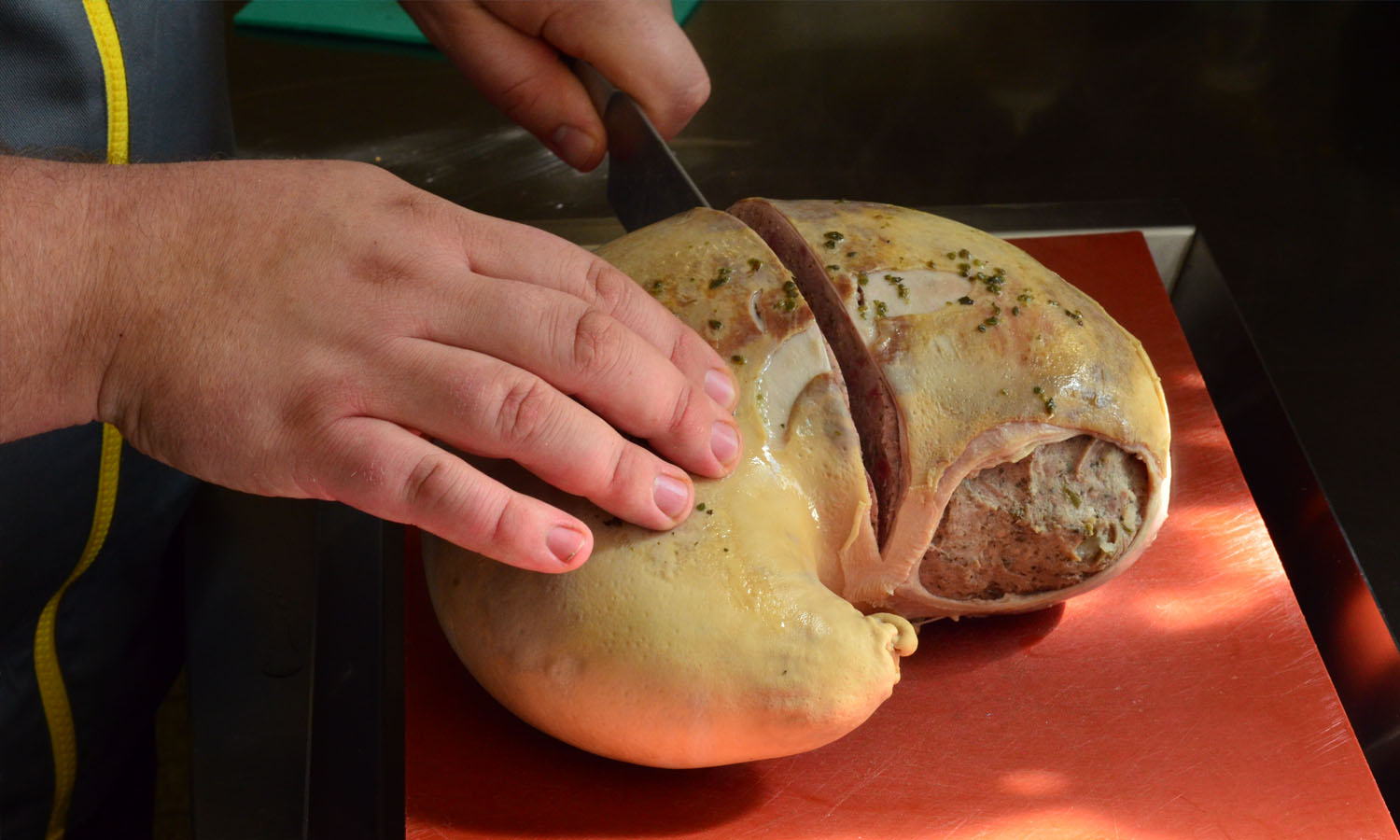

Simon takes out the saumagen, cuts it in half and carves a generous portion for me. He splashes a red wine gravy on top and adds a few spoonfuls of creamed potatoes on the side. I check the meat slice carefully; it’s convincingly disguised as a round meatloaf.
The moment of truth has arrived.
My teeth cut through the soft flesh and a sublime sense of meatiness, tempered by marjoram, invades my palate. For a minute I truly believe I’m in carnivore heaven. It’s as if all the porcine flavours – the tender sweetness of a lean pork chop, the salty, smoky taste of a bacon rasher, the melt-in-the-mouth texture of a pulled shoulder – have been concentrated into a single mouthful. I finish my plate in record time.
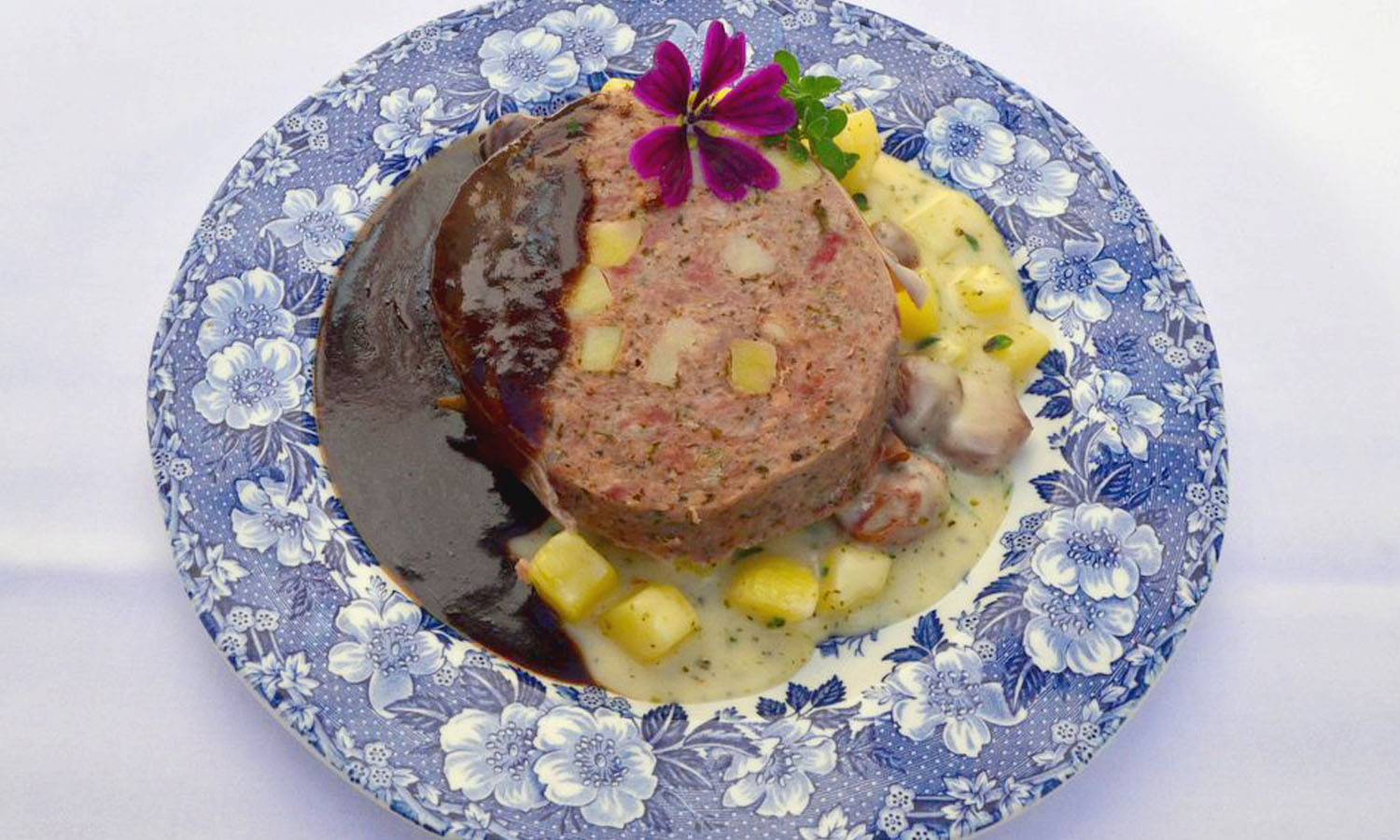

Serves 6
INGREDIENTS
750g thick-cut bacon
750g lean pork belly, rind removed
750g potatoes, boiled, drained
1kg pork mince
3 small bread rolls, soaked, drained
4 large eggs
1 tsp marjoram
1 pinch nutmeg
1 small pork stomach (order from butcher)*
10 bay leaves
1 tbs juniper berries
1 tbs marjoram, extra
1 tbs peppercorns
METHOD
Dice bacon, pork belly and potatoes into 1cm cubes. Add mince, bread, eggs, marjoram and nutmeg, then season and mix well.
Rinse the stomach thoroughly and pat dry. Close two of the stomach’s three openings with kitchen twine, then fill loosely with the pork mixture. Overfilling will cause it to burst during cooking. Tie off the final opening.
Bring a large pot of salted water to the boil, then reduce heat to a simmer. Add the stomach and cook for three hours. Add the bay leaves, juniper berries, extra marjoram and peppercorns to the pot and continue to cook for another 30 minutes. It’s important the saumagen doesn’t boil at any time during the cooking process. It is cooked when a fork pierces the stomach and it falls cleanly back into the pot.
To serve, cut into slices, plate up with creamy potatoes on the side, and top with gravy.
* If unavailable, use sausage skins or cook the filling as a meatloaf.
Home away from home at Gorki Apartments
No matter where you’re from, Gorki Apartments makes Berlin feel like home. Located in the hip Mitte neighbourhood – much-loved for its historic attractions like the Brandenburg Gate, designer shopping and cool bars – the building has been transformed from its 1900s residential roots into 34 apartments and two expansive penthouses.


Little touches, like Berlin-based brews from Paper & Tea, seasonal decorations and freshly baked biscuits, make you feel as if you’re staying in someone’s home.
Take advantage of the concierge’s wisdom to get great tips for exploring the city, then climb on a Pelago bicycle to see Berlin from a different perspective. After a long day of exploring, settling into your room feels so right.
Matera’s deluxe cave dwelling
Imagine, if you can, people living in caves dug into the side of a ravine 7,000 years ago. That was how hotel Sextantio Le Grotte della Civita began its existence. The sassi are ancient cave dwellings that, until the late 1980s, were inhabited by the poor of Matera, a village in Italy’s south. With the rise in tourism, some have been transformed, including Le Grotte Della Civita, which is now a unique 18-room boutique hotel.
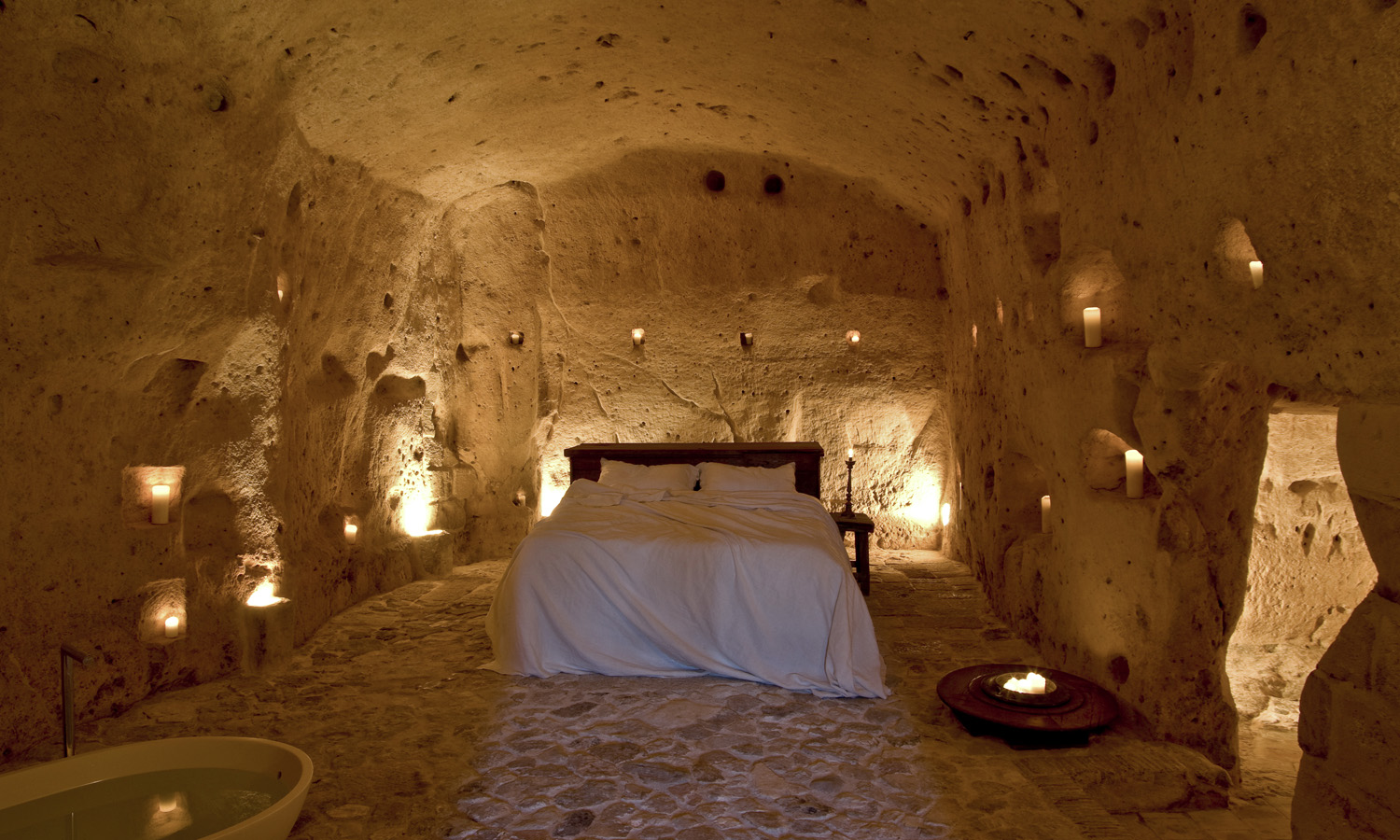

The whole town is UNESCO World Heritage listed, so each of the caves housing a suite has been carefully conserved and retains its original shape and materials. The interior design is minimal and true to the formation’s origins, the candlelit restaurant is set in a former church and even the spa is housed within rough-hewn walls.
Play posh at Mayer Manor
Embrace your inner noble on the banks of Amsterdam’s ancient canals. The Mayer Manor, built from the remains of a fifteenth-century convent, is now a three-storey Art Deco mansion with a spellbinding one-bedroom apartment spanning the top two levels.
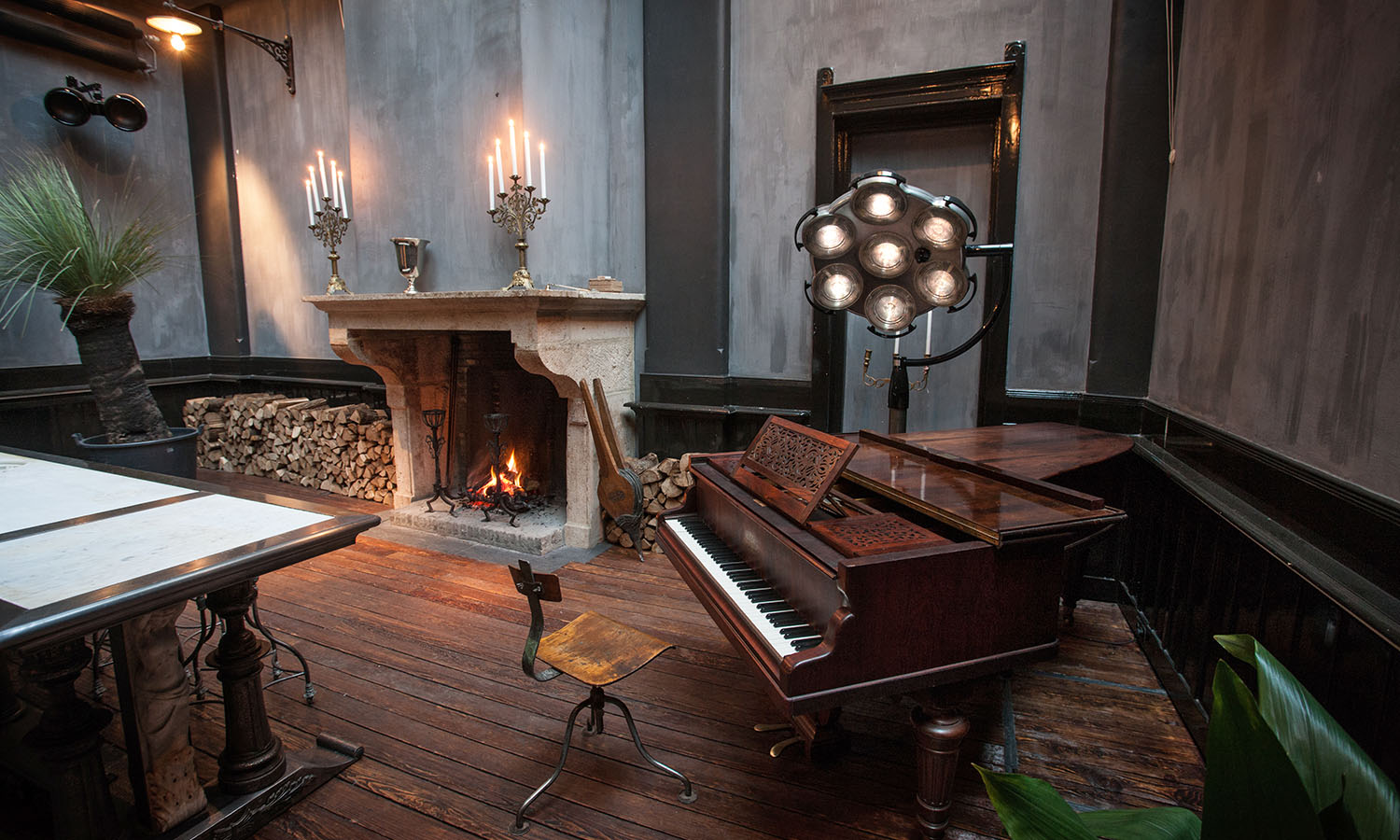

Throw open the fairytale oak doors to a city haven furnished in moody tones and earthy textures. If you can bring yourself to leave the opulent setting, explore the nearby shops, galleries and cafes. Return for an evening soak in the oversized copper bath in your bedroom while the fireplace crackles and light from elegant candelabras flickers across your skin. Once you’re squeaky clean, climb the wooden staircase onto your rooftop, or trail the haunting melody from a distant piano playing in the private club downstairs.
Highland Fling
The North Highlands of Scotland are full of wildlife and wild landscapes. I’m exploring the North Coast 500 (NC500), a new tourist trail that starts and ends in Inverness, the capital of the Highlands. It loops up around the east coast to John o’ Groats, along the rugged north coast and down the mountainous west of Scotland through Ullapool and Applecross. The ‘500 Miles’ route, inspired by The Proclaimers’ classic song (it’s my week-long earworm), has been talked up as a new classic road trip – Scotland’s answer to Route 66 in the USA or Italy’s Amalfi Coast. This is more than just a road to blithely cruise along – it’s meant to be discovered at a leisurely pace, leaving time to explore castles, distilleries, wildlife, hiking trails and plenty more along the way.
There’s a real sense of adventure as I leave Inverness and cross the shining water of Beauly Firth before heading north into the evocatively named Black Isle. An hour up the road, I take a small detour to tackle my first hill, Cnoc Fyrish. It’s an easy, two-hour round trip – popular with local dog walkers and hill runners – through pine forest to the arches of the striking, Indian-influenced Fyrish Monument on the hilltop, with views of the green coastline and oil rigs in the silvery water of Cromarty Firth.
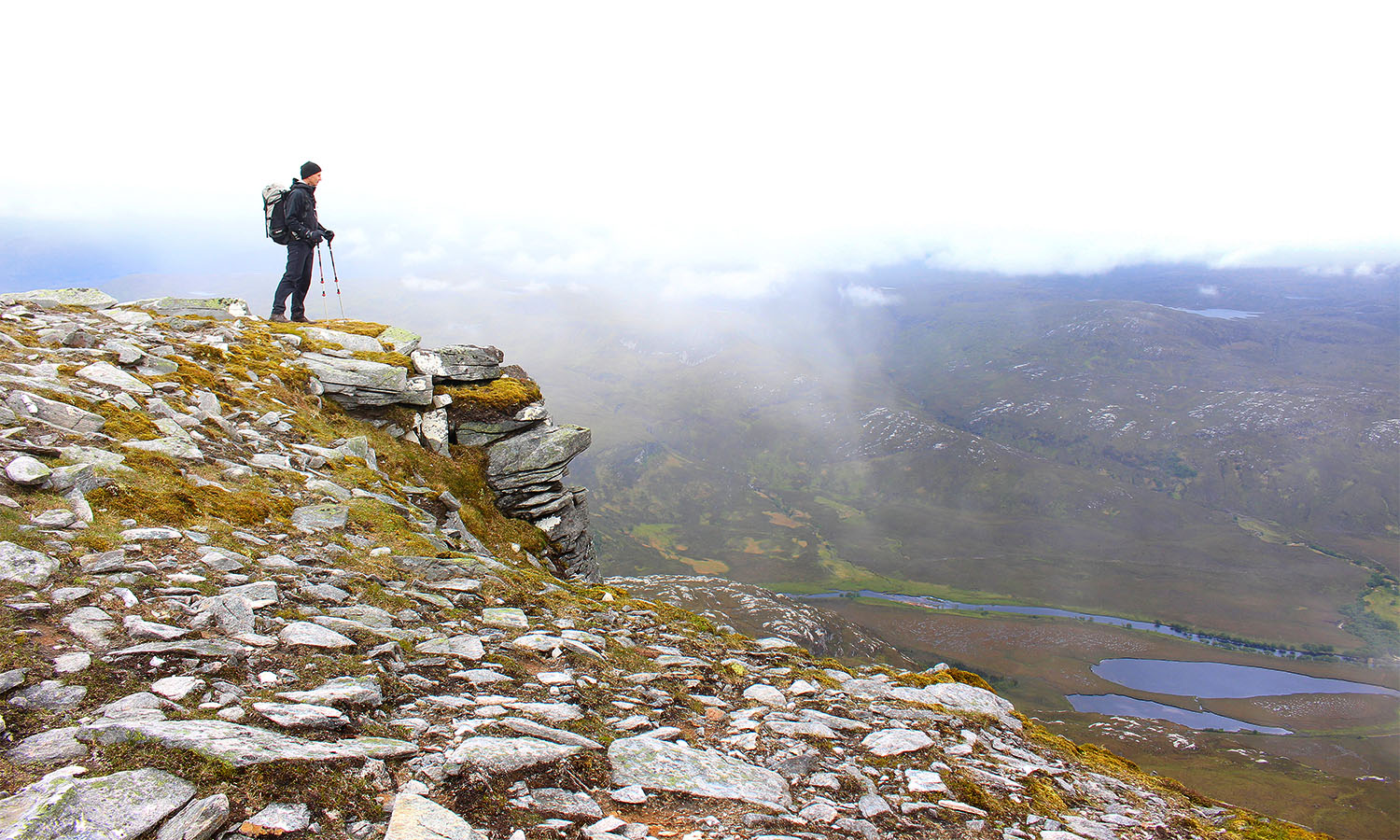

In the afternoon, I stop at Dunrobin Castle, a fairytale building originally from the 1300s – and my future home, as soon as that lottery win comes in. Falconry displays take place in the garden during summer, but my favourite feature of the castle is the ornate Aeolian Orchestrelle, a pressure-operated harmonium, in one of the hallways.
I’d been warned the first day’s drive from Inverness to John o’ Groats (I’m taking the route in an anticlockwise direction) is the least interesting section, but I like it. The high roads swoop along the coast, with views of the North Sea to my right. Thick yellow banks of heather stretch across massive, sweeping hills. I pass abandoned stone crofts, isolated farms and little harbours. Cows, horses and sheep graze on the grassy slopes leading down to rocky shores and beaches. If this is the dreary part of the NC500, there must be exciting days ahead.
John o’ Groats is generally believed to be the northernmost point on the British mainland (although that honour, in fact, goes to Dunnet Head). I hike out along the coast in the blustery Scottish morning to the lighthouse at Duncansby Head for dramatic windswept views across the Pentland Firth to the Orkney Islands and the lighthouse of Muckle Skerry. Walking over a small ridge, the Stacks of Duncansby, two towering pinnacles of rock out at sea that look like crumpled wizard’s hats, come into sight, with the arch of Thirle Door just in front of them. Seabirds – fulmars and kittiwakes – huddle for warmth in nests on the sea cliffs. Others swoop, glide and hover before coming in to land.


At Dunnet Head, I explore concrete bunkers from World War II. The hilltop location on the coast was a vital lookout for spotting enemy ships during the war.
Next morning, I meet Gordon Anderson, a hiking guide with Wilderness Scotland, and we set off from Thurso for Ben Hope, Scotland’s most northerly munro (a mountain above 915 metres). The landscapes become more dramatic and varied as we make our way west, with pretty villages, blanket bog and moorland, deserted beaches and giant mountains. Sheep and snow-white lambs wander along the roadside, while scruffy ginger-haired Highland cows munch grass in the fields. Further on, a herd of deer crosses a river.
It’s a fast, steep climb up Ben Hope, meaning we’re soon high in a quintessential Highland scene, with a peaceful loch in the valley below and hills around us. “Once you get into the north, you really have that sense of remoteness,” says Gordon. “Up on the hills, there’s a feeling of space and openness.”
Mist unfortunately blocks the view at the top, but there’s some consolation: another hiker who made it to the summit ahead of us had the good sense to bring a bottle of whisky. He pours a dram and hands it over as I reach the summit. Scots have a deserved reputation for being friendly and whisky is never far away, even on a 927-metre summit.


The NC500’s most northwest point is Durness, and from here the route turns south. Sections of the road are slow-going single tracks, but I don’t mind the leisurely pace when there’s scenery like peaceful Loch Eriboll or the white sand beach of Tràigh na h-Uamhag to look at.
Hikers are spoilt for choice in the North Highlands. The next day, Gordon and I tackle Arkle. “Arkle’s a classic,” Gordon tells me, as we make our way across a grassy glen. “The views and the architecture of the mountain ridge make it a classic Scottish landscape.”
We forge our way uphill, stomping through bog and heather, surrounded by epic mountains and glassy lochs. A ghostly veil of mist moves across the mountain and envelops us. Without a map and compass, we’d be quickly lost. The views are hidden (nature seems to have it in for me this week), but it’s a fun 17.5-kilometre hike over the lunar-like grey rock plateau, with a jagged rocky ridge leading towards the 880-metre summit. We scramble over big boulders of quartzite slippery with Scotch mist. The ridge drops away steeply and, even with reduced visibility, I can see this is no place to fall.
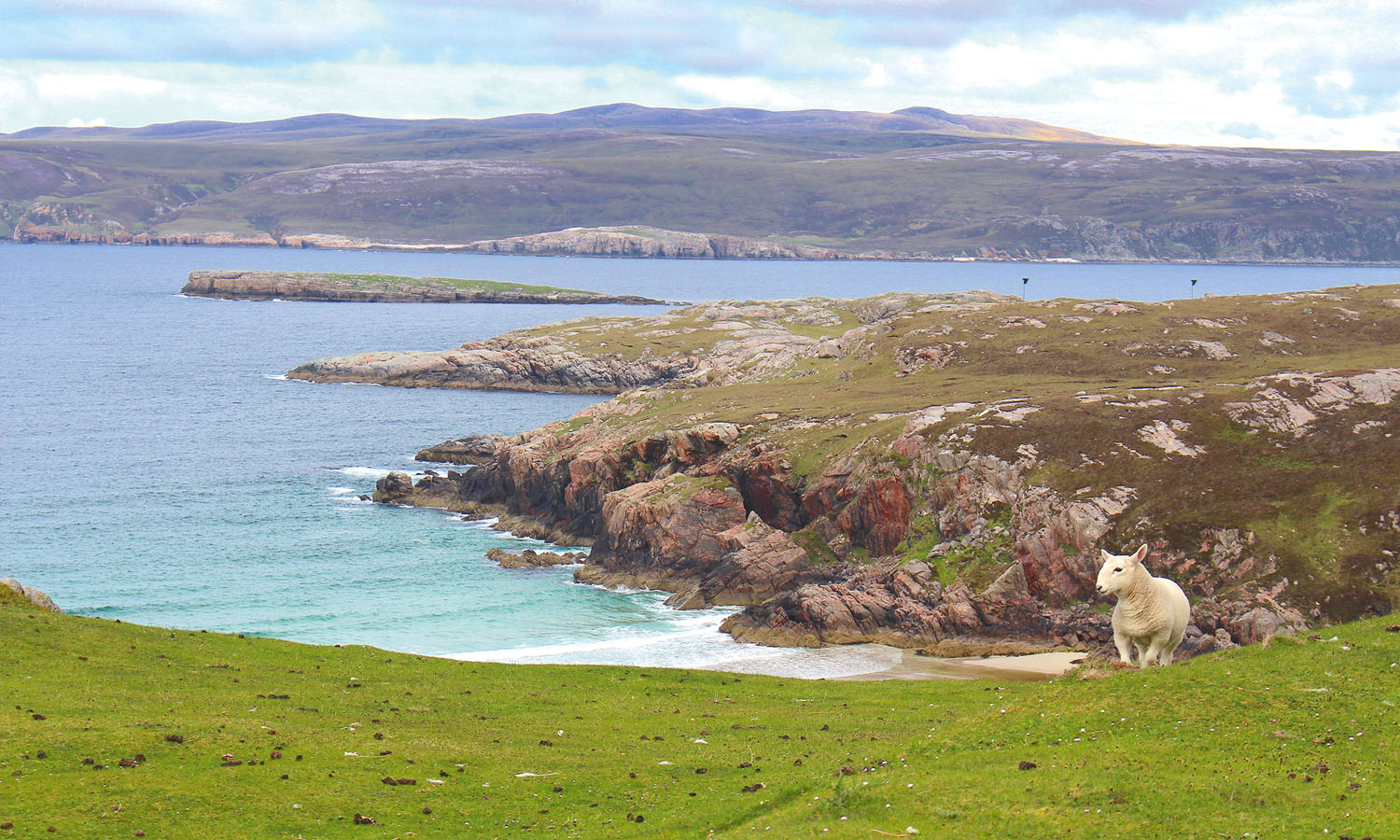

In the morning, Gordon and I catch a boat across to Handa Island, a mile off the coast. This nature reserve is home to thousands of seabirds – guillemots, razorbills and great skuas included – but its most popular attraction is the 320 pairs of puffins who are found here between March and August. “It’s internationally important for seabirds,” says Caroline Rance, a volunteer with the Scottish Wildlife Trust, who greets us off the boat. “All along the west coast of Scotland you get amazing cliffs and pockets, with very little human interference – good nesting and good feeding spots.”
A wooden walkway takes us across the small island and past noisy nesting skuas and sweetly singing skylarks. The path leads to Puffin Bay and the Great Stack, a towering rock formation in the ocean, where we see puffins scampering along the cliff top. A group of them clusters together outside a burrow, keenly watched over by a seagull eager to steal their eggs.
We circle around the coast, keeping an eye out for the whales, seals and dolphins sometimes seen out in the bay. Our luck isn’t in today, but we do see a group of shags perched on a black craggy rock.
Back on the mainland, Gordon and I squeeze in one final hike. It takes two hours to get up and down Stac Pollaidh, another “Scottish classic”, climbing a steep path towards a jagged ridge that looks like a mountaintop castle. “To me that scenery is some of the best in Scotland,” Gordon says, as he points along the blue and green coastline towards Handa Island, the peaks of Suilvan, Cul Mor and Cul Beag, and lochs surrounding Stac Pollaidh.
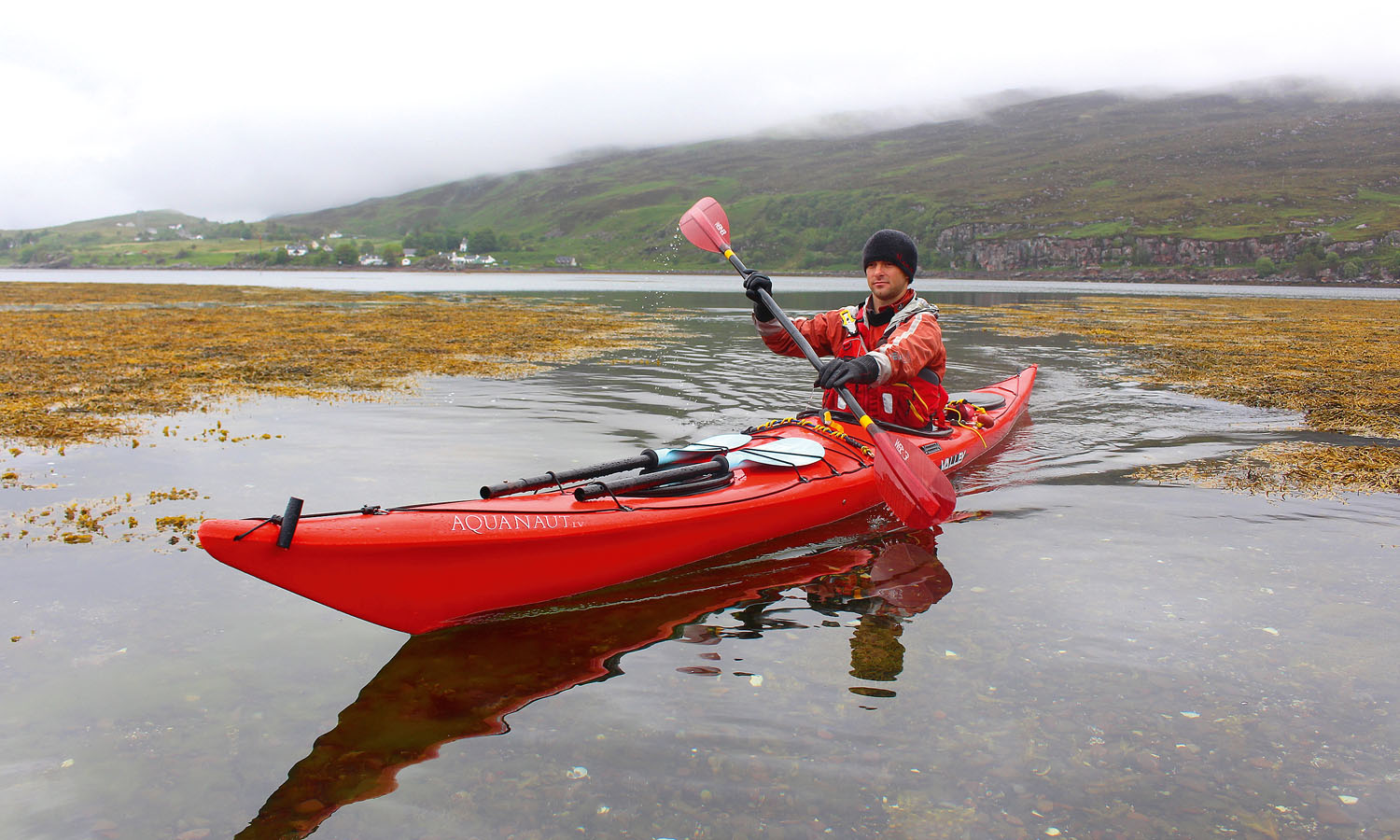

Further south, Ullapool is the kind of pretty Scottish town, built around a harbour, that makes you want to relocate. There’s mist on the mountains as I make my way down the banks of Loch Broom, music blasting from the car stereo. I reach Loch Shieldaig late in the evening, unwinding from a long drive in the buzzing atmosphere of the Shieldaig Bar with a plate of fish and chips and a couple of pints of the local ale.
The coastal road leads me to Applecross in the morning, where I meet Chris Hingley. “This part of the coastline is great for kayaking,” he tells me, as we put them in at a seaweed-covered beach and paddle out to the Inner Sound. “It’s easy for beginners, but also a fantastic playground for more experienced kayakers, with loads of little bays, caves, arches and islands. There’s lots to explore.”
The curious seals watching our progress aren’t the only creatures out here. “It’s a great area for wildlife,” says Chris. “You’re pretty much guaranteed to see seals. You can sometimes see otters. And then there’s the birdlife: terns, gulls, oystercatchers…”
We paddle out past the wreck of an old fishing boat that smashed on the rocks more than 50 years ago, then make our way through a channel that cuts through Saints Island. Gulls and oystercatchers gather on rocks on one side of the island, terns on the other. A black cormorant stands on a pole out in the water, wings outstretched to dry in the wind.
We paddle as far as Coral Beach, which is marked by a rock shelter that Chris calls the Smuggler’s Cave, before turning around to complete the six-kilometre journey. Seals appear in the water again as we make our way back to shore. There’s time in the afternoon, as I make my way along the final stretch of the NC500 loop back to Inverness, to pause a while at Glen Ord distillery. I’m driving, so, of course, I only have a small sample of their water of life – just a taste to fuel me through the final few of a memorable 500 miles.
 (
(
